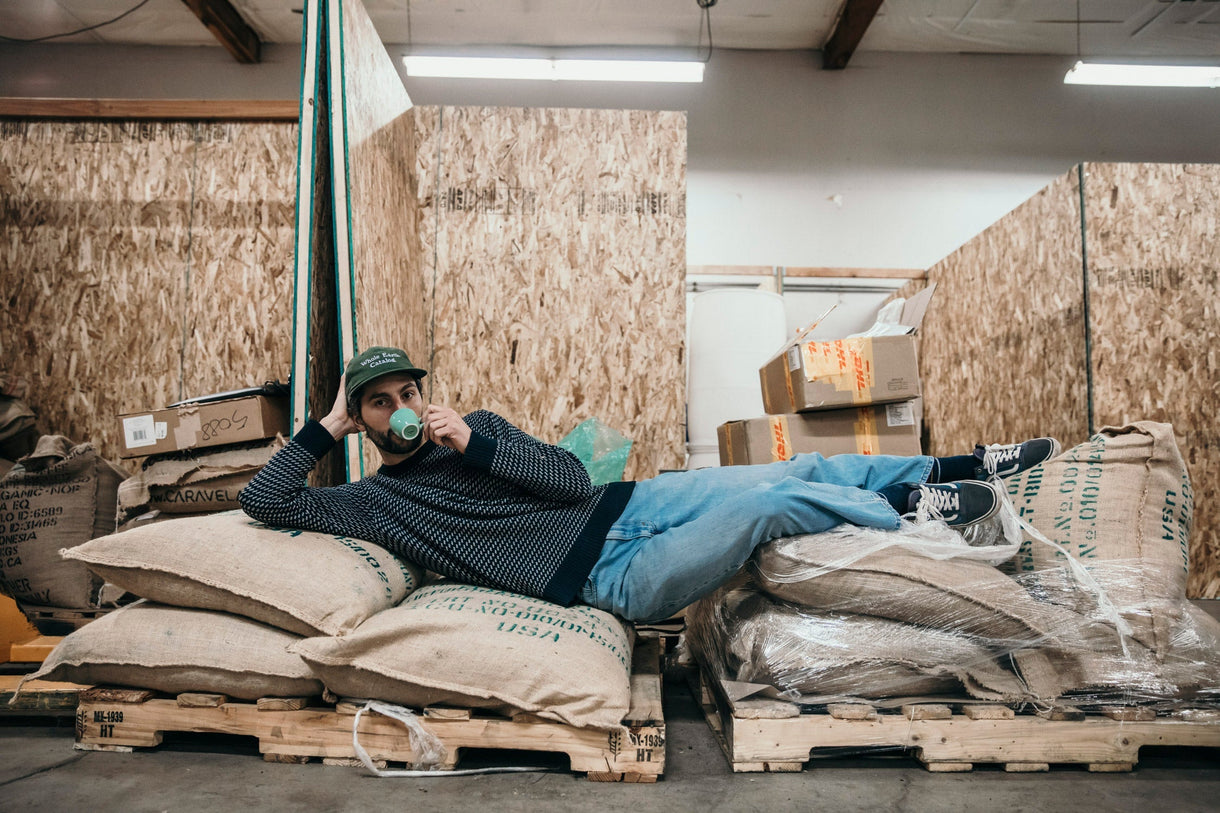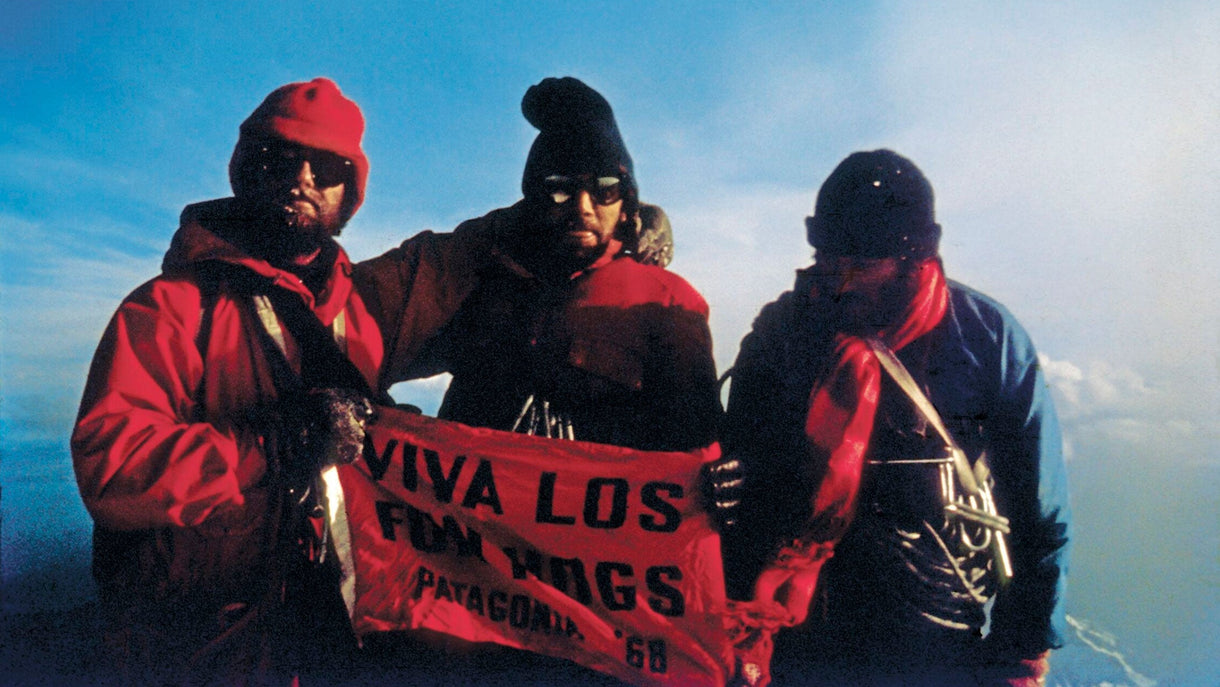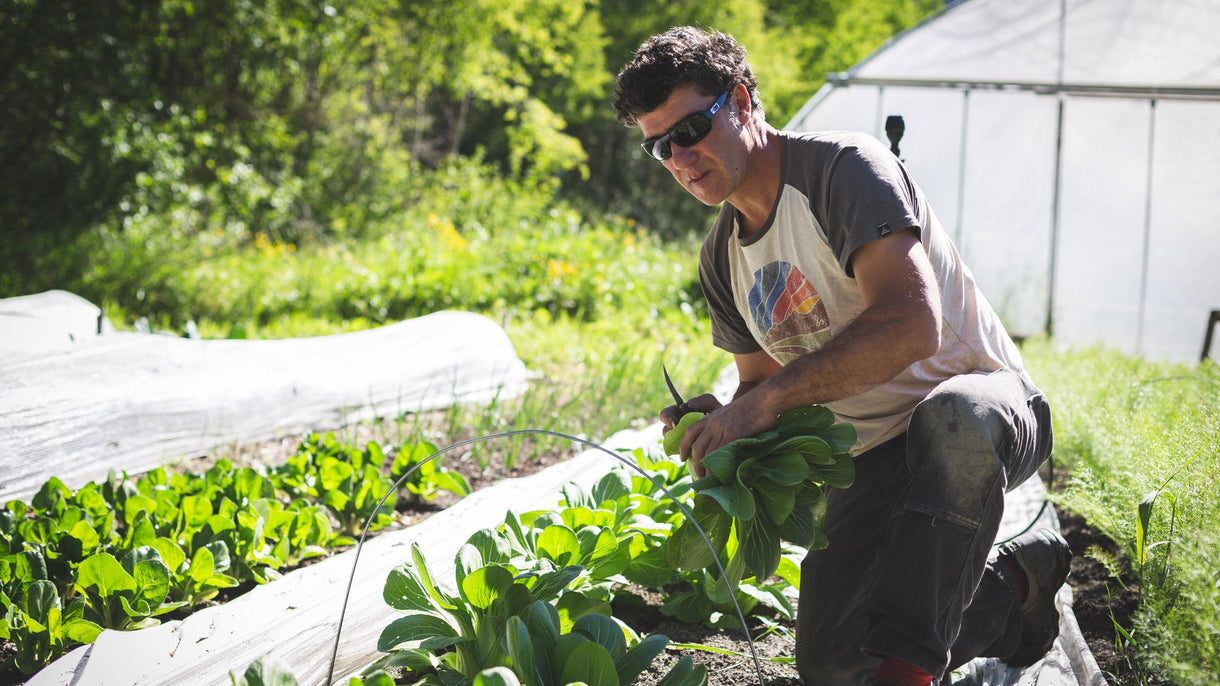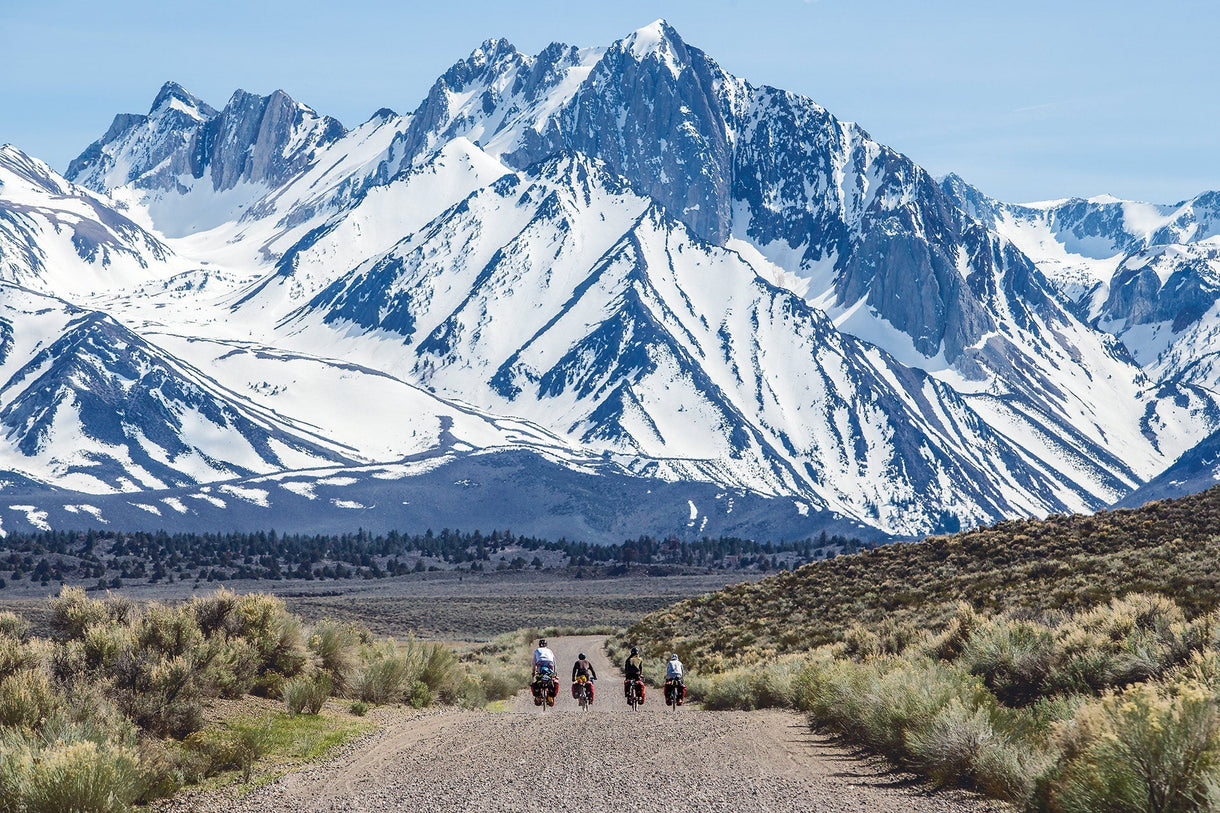In recent years, we’ve seen a boom in production and sales of organic foods worldwide. The global organic food market is expected to grow by 16 percent between 2015 and 2020, a faster rate than conventionally-grown foods.
This seems like good news – but in truth, organic farming makes up just a tiny fraction of the global agriculture system controlled by a few giant corporations generating enormous profits. And it’s about to get worse: If current deals in the works make it past European and U.S. regulators, three companies – Bayer, DowDupont and ChemChina – will own two-thirds of the world’s seeds and pesticides.
This unfortunate reality threatens to hold us hostage for decades as conventional agriculture continues to ravage our planet: gobbling up immense fossil fuels for production and shipping, flooding the earth with toxic synthetic pesticides and deadening our soil’s biodiversity with GMO seeds (along with the taste of our food). Conventional agriculture also generates a quarter of the greenhouse gas emissions now baking our atmosphere.
And food is just part of the picture. Consider cotton, a fibre used to make a large majority of our clothing globally: just one percent is grown organically. That figure has stayed mostly stagnant since at least 1996, the year Patagonia started sourcing 100 percent organic cotton. It’s especially appalling considering 16 percent of all pesticides used worldwide are used to grow conventional cotton - exposure to which has been linked to higher rates of cancer and other diseases. Conventional GMO farming practices also reduce soil fertility and biodiversity, require more water and large amounts of herbicides, alter the nutritional content of our food, and result in toxic runoff that pollutes our rivers, lakes, and oceans.
Thankfully, the status quo isn’t our only option. Regenerative organic agriculture includes any agricultural practice that increases soil organic matter from baseline levels over time, provides long-term economic stability for farmers and ranchers, and creates resilient ecosystems and communities. Put simply, this approach presents an opportunity to reclaim our farming system on behalf of the planet and human health – while fulfilling the obvious need to feed and clothe billions of people around the world. We can produce what we need and revitalise soil at the same time, thereby sequestering carbon that is currently polluting the atmosphere and warming our planet.
The good news: a small but growing list of organisations with good intentions has embraced regenerative organics in recent years. In particular, this approach (and terminology) has been championed by groups like the Rodale Institute and Regeneration International, and as a result, some businesses have begun taking serious interest. At Patagonia, our interest and knowledge has grown over many years: We began rebuilding our natural fiber supply chains to include organic practices 25 years ago, starting with cotton; more recently, we’ve been prioritising regenerative practices for apparel and with our food business, Patagonia Provisions.
The bad news: A growing number of corporations, researchers, journalists, and practitioners have also started using the term “regenerative” – as well as “restorative,” “sustainable,” “ethical,” and others – almost interchangeably, without any clear sense of what we’re talking about. Even worse, we’re increasingly seeing “sustainable” claims combined with conventional (non-organic) farming, which defeats the purpose entirely. How can you rebuild soil ecosystems while simultaneously pumping the soil with pesticides and herbicides?
We shouldn’t tolerate the watering down of agricultural practices that hold potential for enormous benefit to our suffering planet. The risks are simply too great. Meaningless terms with little or no concrete definition inundate consumers at every turn (even the label “organic” can be slippery), causing confusion at best. And some existing standards don’t go far enough. For example, many companies have signed onto the Better Cotton Initiative – a program that includes some important environmental and social provisions but ultimately still perpetuates some harmful conventional practices, including use of synthetic pesticides and GMO seeds.
Use of the term “regenerative organic” reflects firm commitments from farmers that ensure they don’t use GMO seeds or synthetic pesticides, period. In addition, they must take a holistic and locally tailored approach to land management in order to rebuild soil ecosystems that, when healthy, actually absorbs carbon from our atmosphere and help cool our planet.
The direct benefits of regenerative organic agriculture are extraordinary: better food and higher-quality fibres, as well as an effective means to reduce greenhouse gases – something we sorely need as we face environmental catastrophe. In fact, this may be the best shot we’ve got at moving the needle on climate change. The numbers speak for themselves: According to The Carbon Underground, each restored hectare of farmland results in an annual drawdown of three tons of carbon. With five billion hectares of farmland globally, restoration would bring a reduction of 15 billion tons of carbon; over a 20-year trajectory, we could reduce atmospheric carbon to pre-industrial levels, putting us on track for the timeline highlighted by the United Nations and the COP21 agreements made in Paris in 2015.
The side benefits include less pollution, more biodiversity, fewer threats to wildlife, healthier rivers, significantly reduced risk to public health from environmentally linked cancers and respiratory diseases, and much more.
Contrary to messages sent by big agriculture interests, regenerative organic agriculture can also meet our need to feed a growing global population more sustainably than our current system. Conventional agriculture is more productive, but only in the short run. Yields from regenerative organic food crops, often lower at first (especially in already chemically degraded soil) then improve as the soil’s micronutrients come back to health. Over time, organic outperforms conventional. There are exceptions: Organic cotton, for instance, may have a lower yield than conventional, though its benefits in soil (and farmworker) health outweigh the drawbacks.
The bottom line: If we aim to use agriculture as a tool not only to feed millions but also to help solve the environmental crisis – and we must, if we hope to survive – we need to get specific. Businesses and farmers should promote a concrete definition of regenerative organic agriculture, such as that created by Rodale, so businesses and consumers alike can make decisions with confidence and move forward together to change our current system.
When Patagonia first developed our organic cotton supply chain in the mid-1990s, we knew organic was just one step in a long journey to protect the planet and human health through agriculture. Since then, we’ve learned a lot and now we’re actively working to integrate regenerative organic agriculture into our business. Our growing food business, Patagonia Provisions, requires every product reflect a commitment to regenerative soil or sustainable fishing practices. Through our in-house venture fund, Tin Shed Ventures, we make investments in new regenerative enterprises (and other efforts to reduce or eliminate the use of water or petroleum).
We know regenerative organic agriculture isn’t an easy fix. Indeed, regenerative organic practices require closer attention to local soil and climate, the development of more specifically acclimated hybrids, and a more holistic approach to land use and community planning. But with the planet at a dangerous precipice, regenerative organic agriculture represents a vital opportunity not only to reduce human impact on the environment, but, in fact, to begin reversing the enormous damage we’ve already caused.
Business leaders must bring courage and leadership to meet this challenge. If we can break with the status quo meaningfully, engage with others to build awareness and new commitments to build products using regenerative organic agriculture (and refuse to accept greenwashing or cheaper alternatives), we can create real change on a big scale.
We will continue to update you on our own work to learn more about and incorporate regenerative organic practices into Patagonia’s supply chain – and work collaboratively with other companies and organisations to further this important work.
For a 60-second look at how regenerative organic agriculture works, check out Dirt Cheap. For a deeper dive, take a look at Unbroken Ground, a recently-released 25-minute film by Chris Malloy on the wonderful work of four different groups to help create higher-quality food that is far more nutritious and delicious than anything our worn-out industrial farms can produce.
This post originally appeared on The Cleanest Line.
























































